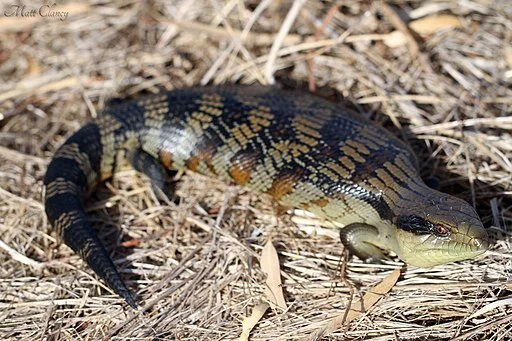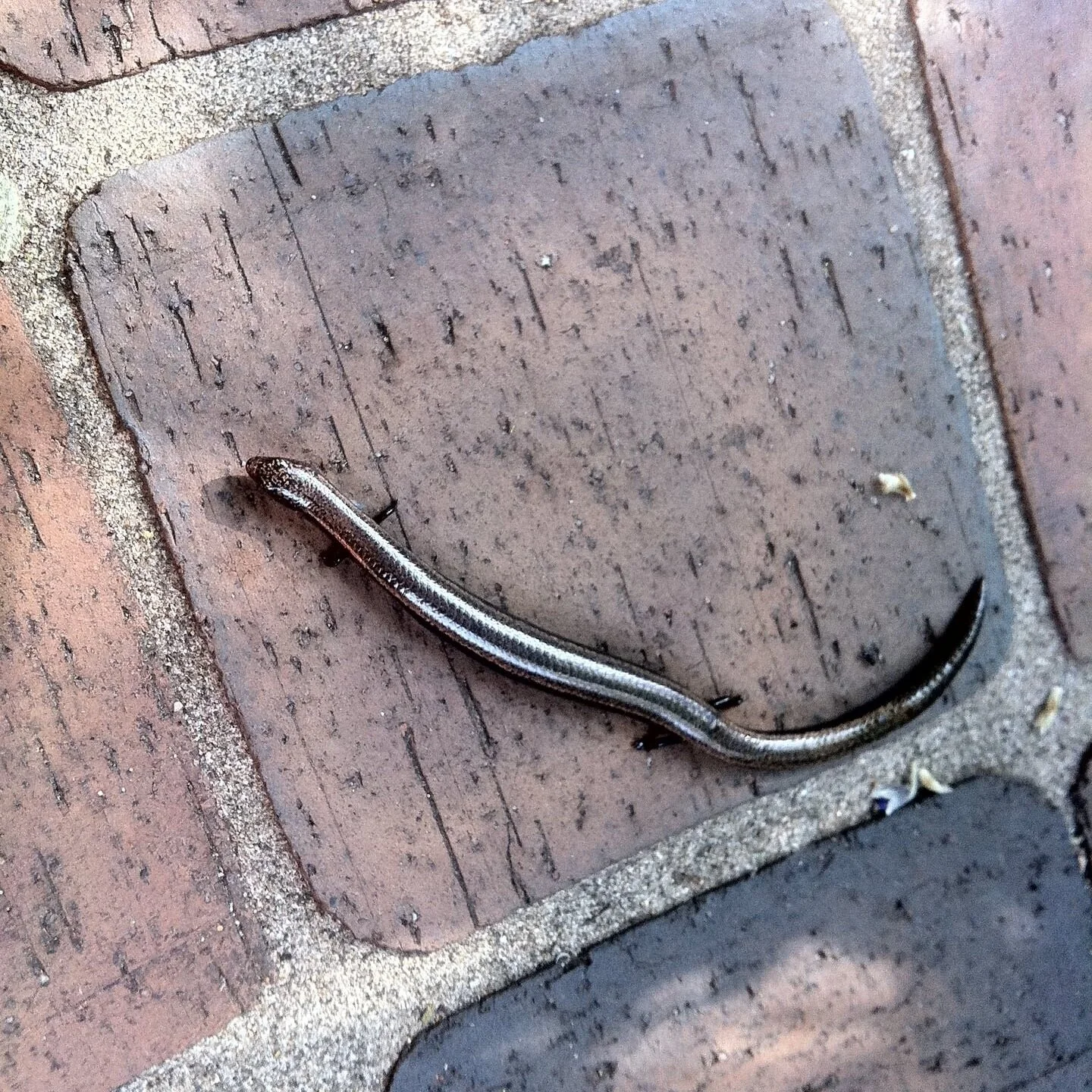
Lizards and Monitors
Manly Warringah War Memorial State Park (Manly Dam) is home to at least:
27 species of lizards and monitors, including;
two threatened species, Rosenberg's Goanna and the Gully Skink.
Click through the images to check out the lizards of Manly Dam below.
"Sydney is fortunate to have a reserve like the Manly Dam Reserve in its heart and it must be valued as a special treasure for the people of our city.”
Rosenberg's Goanna
Species: Varanus Rosenbergi
Conservation Status: Threatened
Rosenberg’s Goanna reaches up to 1.5 metres in length. It is dark grey above, finely spotted with yellow or white, and with paired, blackish cross-bands from the neck to the end of the tail. The pairs of narrow, regular bands around the entire length of the tail is a distinguishing feature, separating it from the more common Lace Monitor V. varius, which has very wide, light and dark bands towards the tip of the tail. Rosenberg’s Goanna also has distinct, finely barred “lips”, whereas the Lace Monitor has far broader bands around the snout. A pale-edged black stripe runs from the eyes, across the ears and onto the neck. Juveniles are brighter in colour, having an orange wash on the sides of the face and body.
Click here to find out how these amazing goannas use termite nests to reproduce.
Gully Skink
Species: Saproscincus spectabilis
Conservation Status: Threatened
The Gully Skink is a small lizard found in Queensland and New South Wales, Australia. It’s preferred habitat is cool, shaded gullies where it feeds on small insects. It may be seen on sunny rocky outcrops within gullies. Ground cover and rocky cracks are required to avoid predation from birds such as the kookaburra and pied currawong.
Image: © Malcolm Fisher
Meet more lizards of Manly Dam

There are many threats to reptiles in urban reserves including:
Intentional killing of larger species;
Accidental killing of foraging or basking species (especially on or alongside roadways);
Predation by introduced or feral species (particularly foxes, cats and dogs);
Loss of habitats through exotic weed encroachment (this is especially a problem for reptiles that need open basking sites);
Disturbance due to human activity (such as bush walking, mountain biking). Many native animals are unable to hunt effectively if there is ongoing movement around them. This movement not only startles the prey (which may fly off or run away) but forces the predator to consider the source of movement (Is this a threat? Is this person intending to do harm?). Disturbance reduces feeding opportunities (as well as mating opportunities) and can be the main reason for species decline in urban reserves.


















